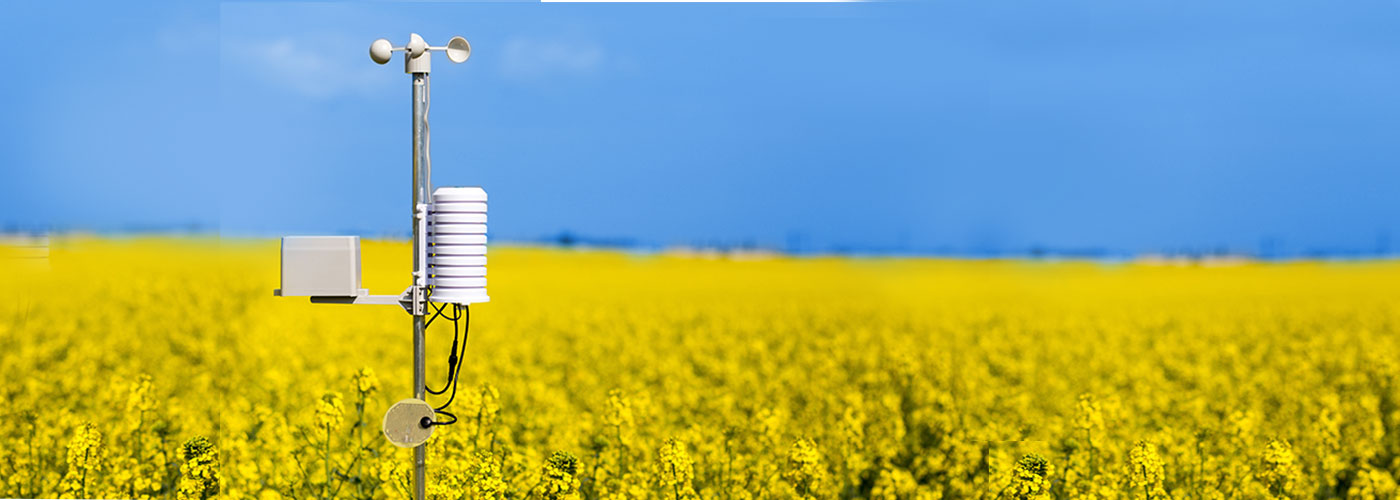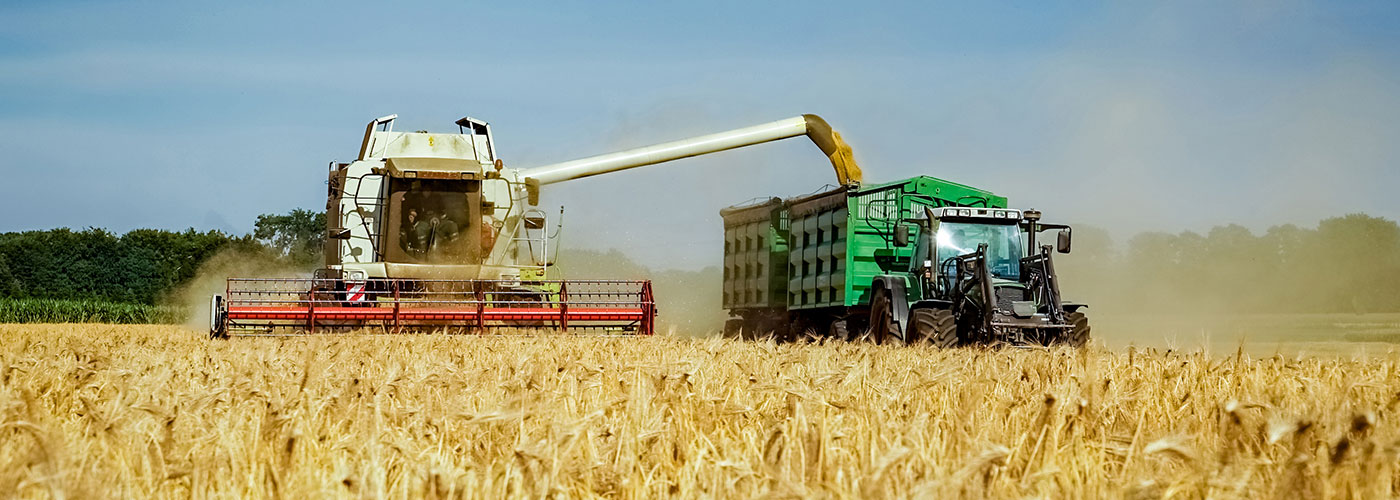The Power of Precision Agriculture

Christof Just knew he needed some help. It wasn’t that his 2,000 acres of farmland—primarily corn and soybeans—near LaMoure, North Dakota, were a disaster, but he was frustrated with low-lying patches that were prone to frequent flooding and salty soil. He and his wife, Kelli, and their three children, all of whom run the farm together, tried to manage the areas through extra tilling, but to no avail. In certain patches, crops wouldn’t come up. “We’d keep doing this year after year,” Just says, “and we’d have all these unproductive areas in the fields. It was kind of a mosaic.”
Just was gathering data from yield monitors in his fields and combines, but the numbers were mostly Greek to him. “I’m not a technically savvy type guy,” he says. “I struggled with doing something with [the data].” In the summer of 2017, he saw a presentation about its precision agriculture. The concept was appealingly simple: Area non-profit, Pheasants Forever (PF), would connect him with a precision-ag conservation specialist, who would help create field by field profitability maps from Just’s farm data. The specialist would also fill him in on potential alternatives (such as enrollment into a conservation program) that would improve his ROI. The program benefits both farmers and habitat.

The results were compelling. On a 429-acre row crop field, Just was able to restore 87 acres of marginal cropland—the wet, salty patches—to forage production for his stock cows, increasing overall profits on the field by $22 an acre. He made a number of changes in his other fields as well, all of which yielded positive returns.
Such is the power of precision agriculture, which is essentially the use of technology to increase the efficiency, sustainability, and yields of farms. Precision ag can get as granular as a farmer might want, down to laying out specific options for making specific acres more profitable. “I describe it as a buffet that allows growers to pick and choose what they might want to do,” says Josh Divan, a precision ag conservation specialist for Pheasants Forever. “And the suggestions can be strategically designed to fit seamlessly into their operation.”
But that program is just one example of how precision agriculture is transforming farming by harnessing the power of GPS, data harvesting, satellite imagery, and other technologies to map and track agricultural efforts. The significance of the trend in our increasingly complex world is increasingly being recognized by governments and technology companies. In April 2020, the FCC announced it was pouring $1 billion in federal funding into precision agriculture, noting that the coronavirus pandemic has highlighted the importance of building greater strength and efficiency into the nation’s food systems.
How does all of this look on the ground? Here’s how a typical season might play out.
Planting
As Christof Just learned in North Dakota, the plan for each forthcoming season is informed by an in-depth analysis of previous crops, using as much data as is available. San Francisco-based Granular, founded in 2014, is typical of a new generation of precision-ag companies that have sprung up to provide and analyze data. Granular’s Farm Management Software (FMS), credited as the first cloud-based, mobile-centric program of its kind, offers an intuitive breakdown of everything a farmer needs to consider, from financials to soil management to operations.
The data might indicate that certain parts of fields should go unplanted, or show hidden issues, says Scott Swinton, a professor in the Department of Agriculture, Food and Resource Economics at Michigan State. It may include, for example, that fertilizers never reached the intended crops and ended up washing out, “That can mean simply dialing back fertilizer rates,” he says, “because a farmer is willing to accept the risk of a slight yield hit in exchange for a big reduction in nutrients that miss their target.”
Growing
Farms have long benefited from information-management software that captures data from fields, but what’s changing fast is the advent of smart technology. Farmers now have access to self-guided farming equipment, for example, and remote sensors that go into the ground with the crops. They’re loaded with algorithms that can help farmers ensure that fields get water and nutrients when and where they’re needed most—and don’t when they’re not.
The oncoming piece? That’s connectivity. Building the farming Internet of Things will require better, more affordable, and more available connections. That will make the rural internet more accessible for big data, something that has been an inhibiting factor until recently.
Harvesting
Digital tools like Granular Insights, Business and Agronomy offer constant growing updates during the season and harvest reviews at the end—a detailed overview of what went right and what should be tweaked. Beyond that, the next frontier in precision agriculture is connecting the farm data to downstream destinations—the agribusiness marketplace where prices are set, and the retailers and restaurants where the harvests end up.

Historically, information from farms has been siloed, much the same way the health-care system worked in the past, when important information failed to flow between patients, their doctors, and pharmacies. More widely shared information will be a boon to the entire food network, in particular an eating public that’s increasingly interested in where their food is sourced from.
As Christof Just and many others have discovered, precision ag usually pays off, even for farmers who might be resistant to new and unfamiliar investments. One study by the University of Nebraska-Lincoln found that almost 95 percent of growers using new technologies and data management tools said their investment was worthwhile. In addition, 70 percent reported the technological assistance yielded higher profits.
In a business that will never escape a certain number of unknowns, those are odds to bank on.